1. Vertical Gardens in Skyscrapers

Urban skyscrapers are being reimagined as vertical farms, a solution to maximize food production in densely populated cities. These innovative gardens allow food to be grown on the sides of buildings or within their structures, making use of otherwise unused space. According to National Geographic, vertical gardens can yield the same amount of produce as a traditional farm, but with a significantly smaller footprint. In addition to conserving space, these gardens can reduce water usage by up to 90%, which is especially important in cities facing water scarcity.
The hydroponic and aeroponic systems commonly used in vertical farming allow crops to thrive without soil, making them an ideal solution for urban environments. This shift toward vertical agriculture can contribute to greater food security by reducing reliance on imported produce, supporting local supply chains, and minimizing transportation emissions. As cities continue to grow, vertical farming offers a sustainable, eco-friendly alternative to traditional agriculture. This approach not only produces fresh, local food but also brings greenery and biodiversity into urban landscapes, improving air quality and the overall aesthetic of the city.
2. Rooftop Beekeeping
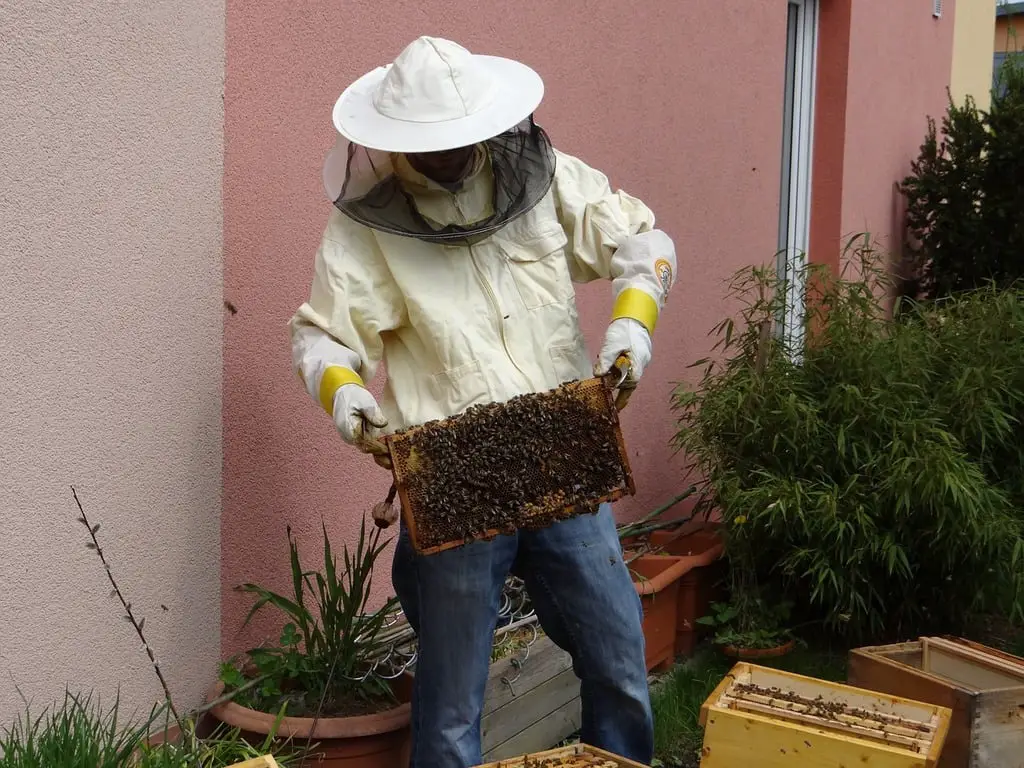
Rooftop beekeeping is gaining popularity in urban areas, offering a natural and eco-friendly way to support local biodiversity. According to Smithsonian Magazine, bees play a critical role in pollinating city plants, helping to maintain healthy ecosystems. The trend also provides urban dwellers with locally-produced honey, which is increasingly in demand due to its natural and sustainable qualities. Urban beekeepers are establishing hives on rooftops to combat the decline in bee populations caused by habitat loss and pesticide use. This practice not only benefits the environment but also creates a sense of community among urban gardeners and local food producers.
Rooftop hives are often maintained by people with a passion for sustainability, gardening, or honey production, fostering a deeper connection between individuals and the environment. Beekeeping on rooftops also reduces the ecological footprint of traditional farming methods by making use of otherwise unused urban spaces. By introducing beekeeping to cities, we can help combat the effects of climate change and contribute to more sustainable, local food systems while providing a much-needed resource for pollination.
3. Fish Farming in Parking Lots
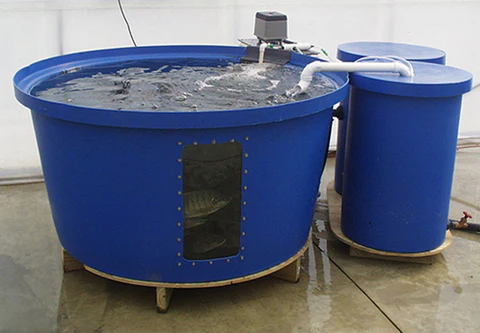
Parking lots, often underused and unproductive, are now being converted into sustainable aquaponics systems where fish and plants grow together in harmony. As Modern Farmer explains, aquaponics systems combine fish farming with hydroponics to create efficient, self-sustaining ecosystems. The fish provide essential nutrients for the plants, while the plants filter and clean the water, allowing for a closed-loop system that minimizes waste. This method of food production requires less space and water than traditional farming, making it an ideal solution for urban areas with limited land.
By utilizing vacant parking lots, cities can create productive green spaces that support local food systems and contribute to food security. Aquaponics also promotes environmental sustainability by reducing the need for chemical fertilizers and pesticides, which are often harmful to the environment. This innovative approach to farming not only helps address the growing demand for fresh, local food but also turns underutilized urban areas into valuable, productive spaces. The integration of fish farming and hydroponics into cityscapes represents an exciting opportunity for urban agriculture to thrive in modern cities.
4. Shipping Container Farms
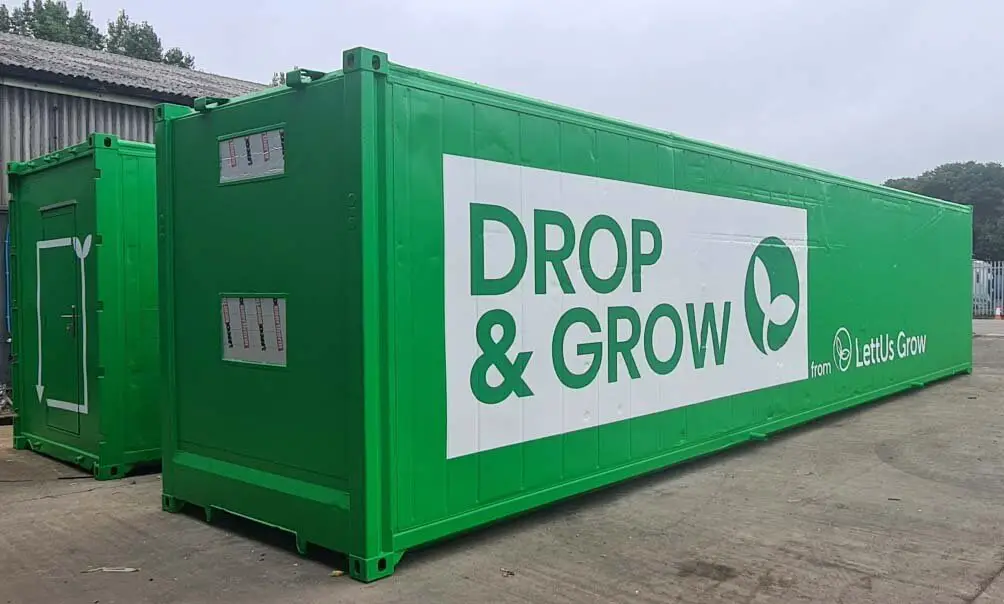
Shipping containers, once solely used for transport, are now being repurposed as urban farms, providing a sustainable and efficient way to grow food in cities. As GreenBiz reports, these compact farms can house a variety of crops, using advanced technologies like hydroponics, LED lighting, and climate control systems to grow fresh produce year-round. Shipping container farms are an excellent solution for areas where traditional agriculture is not feasible due to lack of space, poor soil quality, or harsh climates. These farms are fully self-contained, making them mobile and adaptable to various urban environments, from rooftops to vacant lots.
The use of hydroponics allows for soil-free cultivation, reducing water usage and enabling crops to grow in even the most challenging conditions. Shipping container farms are particularly valuable in cities with limited access to fresh, local food, as they provide a sustainable, local food source while reducing reliance on transportation. Additionally, they serve as a model for reducing food waste, as these urban farms can be built using recycled materials, lowering their environmental impact. As cities continue to grow, shipping container farms offer a scalable and innovative solution to address food insecurity and environmental challenges.
5. Urban Chicken Coops

Urban chicken coops are becoming increasingly popular as city residents seek sustainable, local sources of fresh eggs and natural pest control. According to Backyard Poultry Magazine, more cities are relaxing ordinances that previously prohibited chickens, allowing for small-scale farming in urban areas. These coops can be set up in backyards or on rooftops, providing city dwellers with a reliable, eco-friendly food source. Not only do urban chickens produce fresh eggs, but they also help control pests like insects and weeds, reducing the need for chemical pesticides.
Raising chickens in urban areas also promotes a stronger connection between city residents and where their food comes from, encouraging sustainable practices. Additionally, chickens produce waste that can be composted, contributing to urban composting efforts and enriching soil for gardens. Urban chicken farming helps reduce the environmental footprint of food production by cutting down on transportation emissions and promoting self-sufficiency in communities. As urban agriculture continues to grow, chicken coops offer a simple and effective way for cities to become more sustainable and resilient.
6. Edible Walls
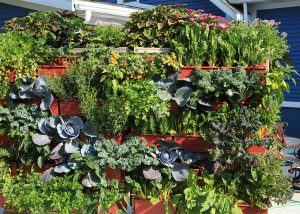
Edible walls, or “living walls,” are transforming city landscapes by providing vertical spaces where herbs, vegetables, and even small fruits can grow on the sides of buildings. As described by The Spruce, these green structures are not only aesthetically pleasing but also functional, as they contribute to urban sustainability by improving air quality and promoting local food production. Edible walls reduce the need for traditional urban farming space, making them ideal for densely populated areas where land is limited. These walls can be designed with various types of plants that require minimal space and maintenance, making them a practical addition to urban areas.
Growing food on the exterior of buildings helps reduce the urban heat island effect, where cities become significantly warmer than surrounding areas due to heat retention in concrete and asphalt. By turning vacant building facades into productive green spaces, cities can increase access to fresh, locally grown produce while reducing food miles and lowering the carbon footprint associated with food transportation. Edible walls also serve as educational tools, showing city residents how food can be grown in urban environments. This sustainable solution helps create greener, more resilient cities while fostering a deeper connection to food systems.
7. Street-Side Mushroom Farms

Vacant storefronts and other unused urban spaces are being transformed into street-side mushroom farms, utilizing repurposed coffee grounds as a growing medium. As noted by Urban Farming, this innovative method of mushroom cultivation is low-maintenance, highly productive, and well-suited to small urban environments. The process involves collecting used coffee grounds from local cafés, which are then inoculated with mushroom spores to create nutrient-rich growing environments.
This method not only reduces waste by repurposing materials that would otherwise end up in landfills but also produces fresh, local mushrooms for urban consumers. Street-side mushroom farms are part of a broader movement to transform underutilized urban spaces into productive food-growing areas, contributing to greater food security and sustainability. These farms are a great example of how urban agriculture can thrive in even the most unconventional spaces, turning vacant storefronts into valuable community assets. In addition to providing fresh mushrooms, this farming technique promotes environmental consciousness by reducing waste and encouraging resourceful farming practices. The growth of urban mushroom farms is an exciting example of how cities can innovate to meet food production challenges and promote a more sustainable urban future.
8. Community Composting Programs
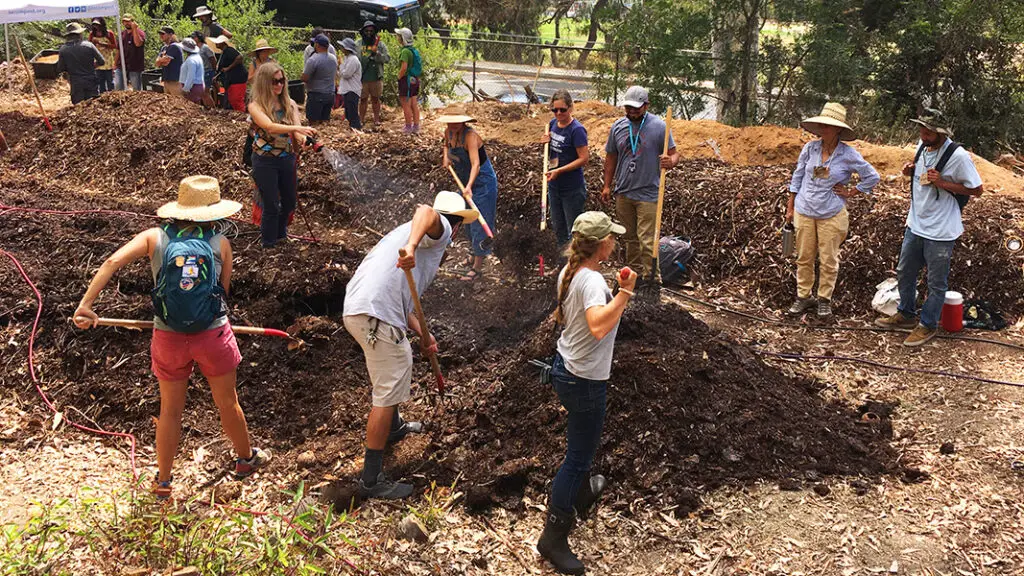
Community composting programs are becoming an essential part of urban food systems, turning organic waste into valuable, nutrient-rich compost for local gardens and farms. As explained by the US Composting Council, these programs reduce landfill waste and promote sustainable agriculture by creating a closed-loop system where food scraps and yard waste are repurposed into rich soil. Composting on a community scale allows residents to participate in sustainability efforts, diverting organic waste from landfills and reducing greenhouse gas emissions. In addition to improving soil health, composting enhances urban agriculture by providing nutrient-dense material for gardens, parks, and green spaces.
Many urban areas have implemented composting programs that collect organic waste from residents, schools, and businesses, turning it into high-quality compost that can be used locally. These programs also raise awareness about food waste, encouraging citizens to compost at home and take part in environmentally responsible practices. As cities face growing environmental challenges, community composting offers an accessible and effective way to engage residents in sustainability efforts and contribute to the health of urban ecosystems. By supporting community composting initiatives, cities can reduce their environmental footprint, improve local food production, and foster a sense of shared responsibility.
9. Hydroponics in Abandoned Buildings
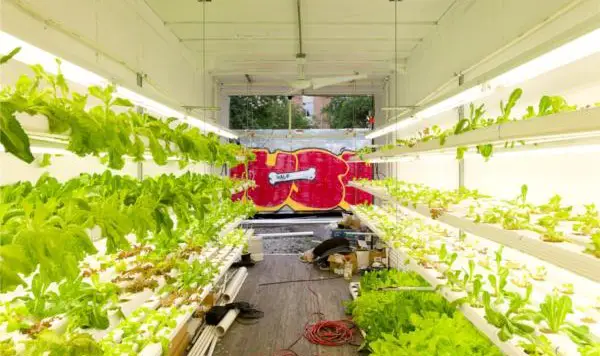
Abandoned buildings and warehouses are being revitalized with hydroponic systems, allowing for soil-free crop production in neglected urban spaces. As detailed by ScienceDirect, hydroponic farming uses water-based solutions enriched with nutrients to grow crops, providing an ideal solution for cities with limited space or poor soil quality. These systems are highly water-efficient and require less maintenance than traditional farming methods, making them well-suited for urban environments. Abandoned buildings are often located in areas with high foot traffic, making them ideal spaces for urban farming initiatives that can provide fresh produce to local communities.
Additionally, hydroponics reduces the reliance on pesticides and fertilizers, promoting more sustainable agricultural practices. Revitalizing these empty spaces with farming infrastructure can also help reduce urban blight, improving the appearance and functionality of neglected areas. The practice of hydroponic farming in abandoned buildings demonstrates how cities can creatively repurpose unused spaces to meet the growing demand for fresh, locally produced food. By utilizing these structures for farming, cities can create sustainable food sources while contributing to economic revitalization.
10. Floating Farms on Waterways
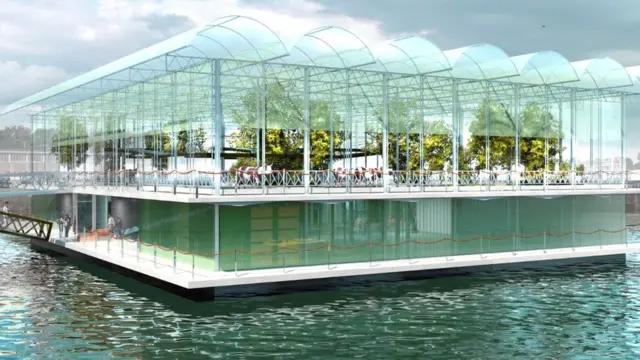
Urban areas located near rivers, lakes, or other bodies of water are experimenting with floating farms as a way to expand agricultural space in crowded cities. These innovative farms are designed to float on water, utilizing the water below to provide natural irrigation while offering a unique solution for growing crops in otherwise difficult environments. Floating farms can help mitigate flooding by absorbing excess water and preventing runoff. They offer a sustainable way to produce food in urban areas that lack land for traditional farming.
This concept is gaining popularity as cities seek to increase food security and reduce their carbon footprints. By using floating farms, cities can grow crops like lettuce, herbs, and tomatoes year-round, even in areas with limited land availability. The use of renewable energy and advanced aquaponic systems further enhances the environmental benefits of these farms. As climate change continues to affect urban areas, floating farms present a forward-thinking solution to urban agriculture, ensuring food production is integrated into city infrastructure in a sustainable way. EcoWatch provides more insight on this innovative agricultural solution.
11. Urban Goat Herds
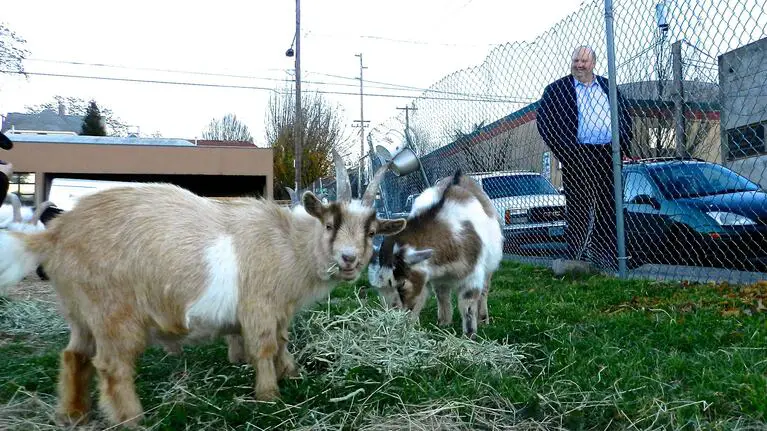
Some cities are utilizing goat herds to manage overgrown lots and transform them into sustainable grazing systems, promoting a healthier urban environment. These eco-friendly goats help clear weeds and brush, reducing the need for harmful pesticides and machinery, which can contribute to pollution. The goats graze on the land, enriching the soil with their natural manure, which serves as a nutrient-rich fertilizer for future crops. Urban goat herds not only provide an organic solution to land management but also promote soil health and biodiversity in neglected urban areas. In addition to land care, these goats can be used to produce milk and cheese, contributing to local food systems.
This trend is gaining traction in environmentally-conscious cities looking for natural, low-impact alternatives to traditional land maintenance. Goat herds have even become an educational tool, allowing residents to learn about sustainable practices and agriculture. As urban farming practices continue to grow, these goat herds offer a charming and functional approach to improving city landscapes while supporting sustainability efforts. NPR offers a detailed look at this trend in their article here.
12. Farming on Public Transit Land
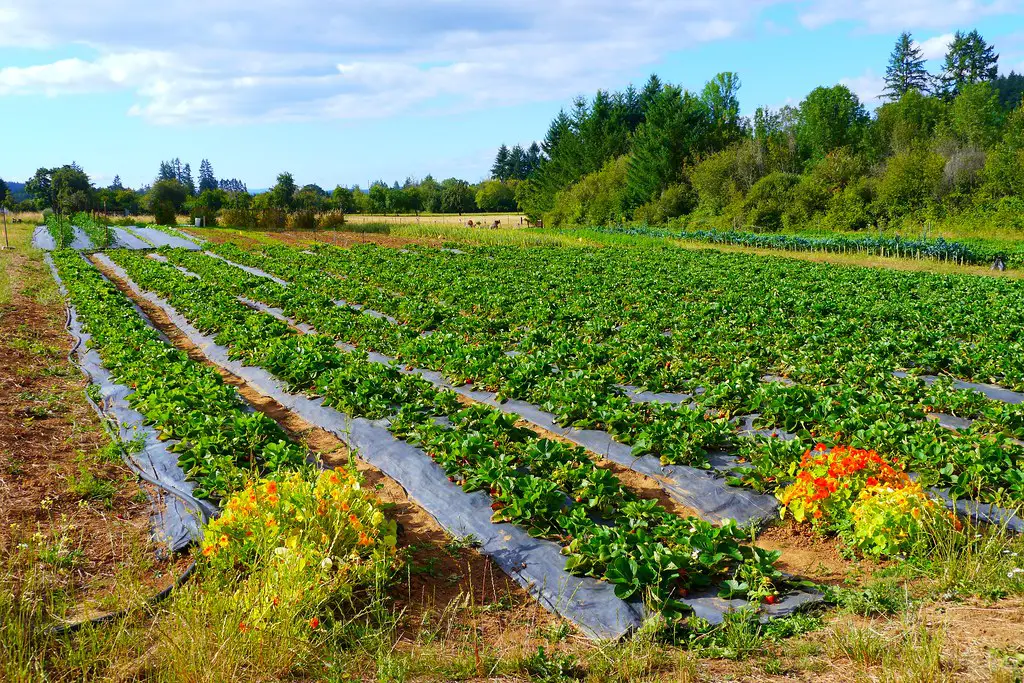
Land along train tracks and highways, often overlooked as empty or unused, is being repurposed for urban agriculture, providing fresh produce to underserved communities. By transforming these spaces into productive areas for farming, cities are turning otherwise wasted land into valuable resources for food production. This innovative approach not only reduces food deserts but also creates green spaces that promote sustainability in urban environments.
CityLab explains how farming on public transit land is making a significant impact in areas that lack access to fresh food. Using these underutilized spaces for growing crops like vegetables, herbs, and even fruits offers a sustainable solution for increasing urban food production. Moreover, it helps integrate urban farming into the city’s infrastructure, reducing transportation emissions and improving access to healthy food. Urban agriculture projects like these also create community hubs where residents can engage with their food sources. As urban populations continue to grow, farming on public transit land represents a viable solution to ensuring that cities remain self-sufficient in terms of food production. For more on this, visit CityLab.
13. Greenhouses on School Rooftops

Greenhouses on school rooftops are not only transforming unused spaces into vibrant farms, but they also serve as educational tools, teaching students about sustainability and food production. These rooftop gardens provide fresh produce for school meals and are a great way to integrate hands-on learning with environmental responsibility. Schools across the country are building these greenhouses to give students the opportunity to learn about agriculture, biology, and environmental science in a real-world context. Edutopia highlights how these rooftop gardens are not just about growing food—they also foster a sense of community, as students, teachers, and even parents work together to manage the gardens.
The fresh produce harvested from these greenhouses can be used in the school’s cafeteria, contributing to healthier meals and reducing food waste. Greenhouses on school rooftops are an effective way to address food insecurity while promoting sustainability in urban environments. As cities look to become more self-sufficient in food production, these greenhouses offer a unique solution that benefits both students and the community. They are a growing trend in urban farming that combines education with environmental stewardship. Learn more about this trend through Edutopia.
14. Food Forests in City Parks

Public parks are increasingly being transformed into food forests, where fruit trees, vegetables, and edible plants are available for community harvesting. These parks create opportunities for residents to grow their own food in an accessible and sustainable way, making fresh produce available to everyone, regardless of income. The Guardian celebrates this trend as a way to fight food insecurity while promoting urban greening. Food forests also help foster community engagement, as residents work together to care for and harvest the crops.
By reimagining urban parks as places for food production, cities can reduce their carbon footprints and offer healthier alternatives to store-bought produce. These projects also provide much-needed green spaces, improving air quality and offering residents a peaceful environment to connect with nature. Food forests represent a significant shift in how cities view and utilize public spaces, as they become centers for both ecological restoration and community food security. As more cities adopt this model, food forests will continue to play an essential role in reshaping urban landscapes. Read more about this exciting initiative on The Guardian.
